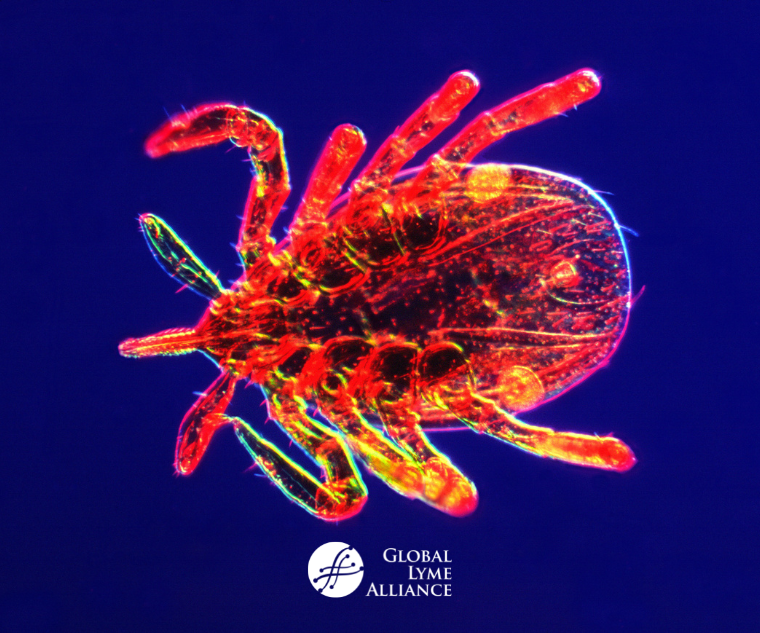
Researchers associated with Global Lyme Alliance conducted a cutting-edge study on genomic sequencing in relation to Lyme disease
A recent study published by De et al. in Nature Genetics describes genomic sequencing of the black-legged (“deer”) tick which is responsible for transmitting the Lyme disease bacteria and many other human pathogens.
Two other research groups previously sequenced the deer tick genome, but their findings were incomplete. This is the first time the entire genome was uncovered. One of the first authors of this publication is Dr. Chrysoula Kitsou who previously received a Blackman Postdoctoral Fellowship from Global Lyme Alliance (GLA). The senior author on the publication, Dr. Utpal Pal (University of Maryland), is also a GLA scientific advisory board member.
"This monumental scientific achievement will dramatically advance our knowledge of tick biology by providing a blueprint for researchers to study."
In fact, with help of this comprehensive genome, De et al. were able to identify that these ticks can make 4,927 different proteins. By having the codes to these proteins, researchers can learn how ticks feed, transmit pathogens, and complete their lifecycles. This knowledge will serve as the foundation researchers refer to when developing future interventions for tick-borne disease. These interventions could be designed for people, like anti-tick vaccines or improved tick repellents, or could instead target the tick population.
Tick-focused approaches could include development of chemicals that disrupt tick mating, drugs that hijack the tick immune system, or compounds that keep ticks from molting or feeding fully. While it is likely that multiple strategies will be needed to reduce tick-borne diseases, the research community has now been armed with an incredible wealth of information that they can use as a springboard for innovative research.
Click here to access the study.
Click here to read more GLA blogs.
The above material is provided for information purposes only. The material (a) is not nor should be considered, or used as a substitute for, medical advice, diagnosis, or treatment, nor (b) does it necessarily represent endorsement by or an official position of Global Lyme Alliance, Inc. or any of its directors, officers, advisors or volunteers. Advice on the testing, treatment or care of an individual patient should be obtained through consultation with a physician who has examined that patient or is familiar with that patient’s medical history.








